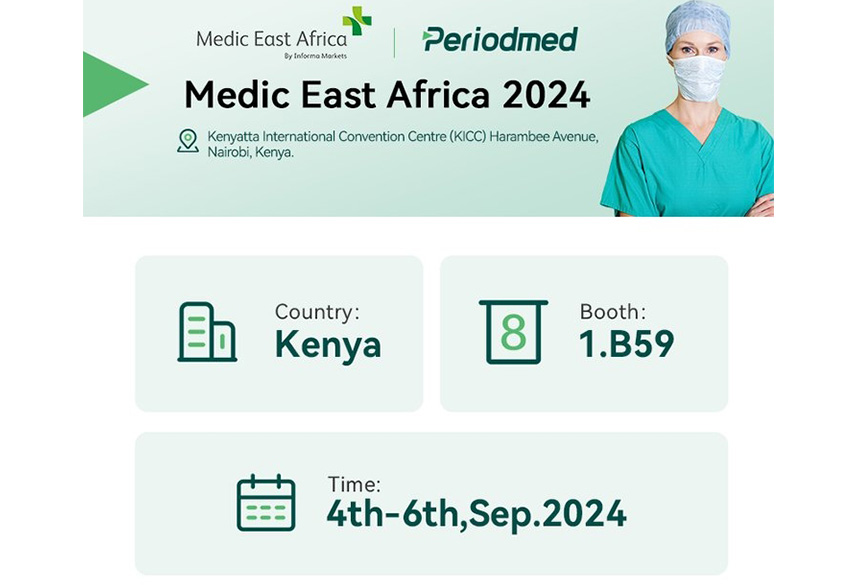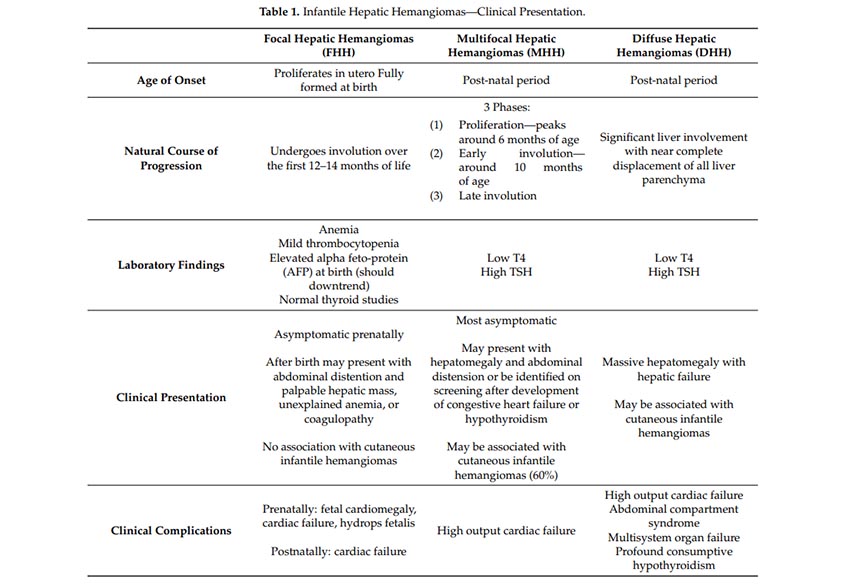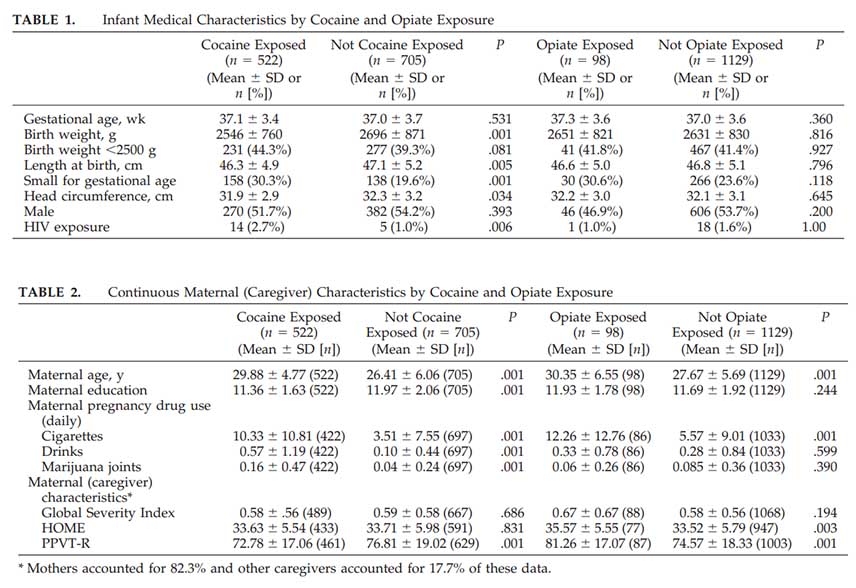As a strong supporter of cat healthcare, Periodmed encourages all those with an appreciation for cats to celebrate the coolest beings with us on this International Cat Day, which is annually observed on 8th, August. The unique bonds between cats and their owners, veterinary professionals, or those who work with cats create a community where passion for championing their welfare is shared.
What is International Cat Day
International Cat Day, observed on August 8th, was initiated by International Fund for Animal Welfare (IFAW) in 2002 and co-ordinated by icatcare to highlight the unique bond between humans and cats while addressing critical issues like homelessness, neglect, and preventable health problems in felines. Over time, it has grown into a worldwide celebration, with shelters, veterinary clinics, and cat enthusiasts organizing events such as adoptions, educational workshops, and fundraisers for animal welfare organizations.
Importance of International Cat Day
Cats are more than just pets. They’re companions that offer emotional support, reduce stress, and even improve our mental health. However, millions of cats worldwide face challenges: homelessness, malnutrition, untreated illnesses, and abuse.
World Cat Day shines a spotlight on these issues, urging communities to take action. It reminds us that responsible pet ownership—including spaying/neutering, regular vet visits, and providing a safe environment—isn’t just a choice but a duty. For stray cats, the day raises awareness about trap-neuter-return (TNR) programs, which help control cat populations humanely.
Additionally, it fosters empathy, encouraging people to see cats as sentient beings deserving of kindness and care.
How Periodmed Promotes Cat Health
Inside Periodmed, weadvance veterinary care with innovative cat medical devices and education to empower cat owners and professionals alike. Our veterinary ultrasound equipment designed for cats helps veterinarians detect and treat illnesses early, improving outcomes for our feline friends. Beyond that, Periodmed invests in educating cat owners and vet professionals. Their online resources, from blog posts to video tutorials, cover topics like nutrition, dental care, and recognizing signs of illness.
VDL153A
VDL153A portable ultrasound device allows veterinarians to perform scanning wherever your cat needs.
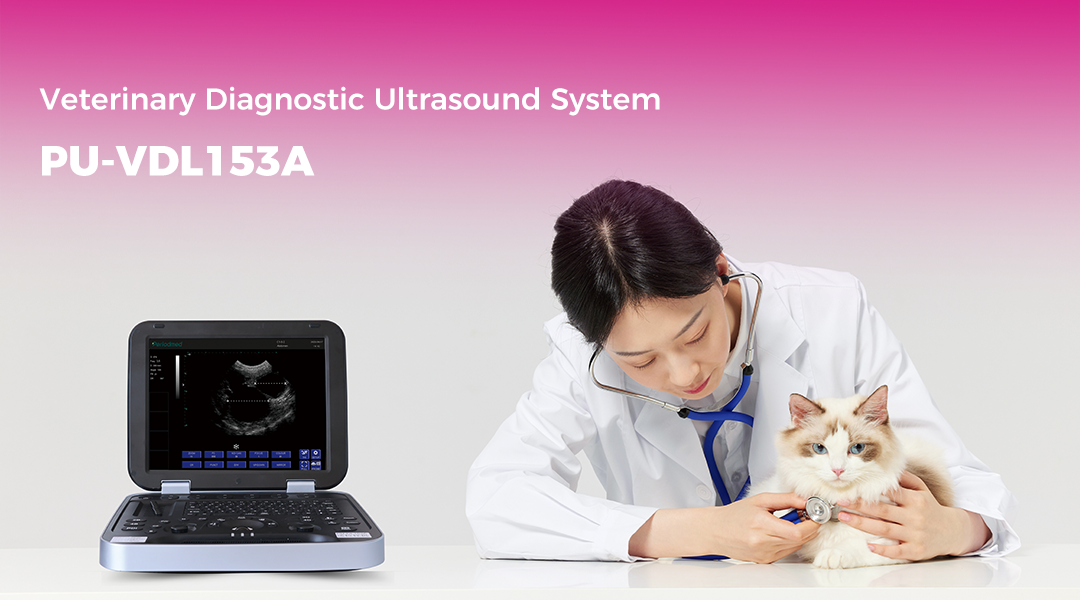
• 15-inch full-view medical LCD display
• Dual probe for twice the flexibility
• Up to 5 scanning hours with built-in lithium battery
• Operating Modes-B, B+B, B+M, M, 4B,PW,PDI,3D/4D Mode
(Optional), Picture in Picture, Trapezoid, Panorama, Anatomy M Mode and more.
VPAU2B/1D
VPAU2B handheld ultrasound system brings greatest flexiblity for veterinarians with intuitive pocket-sized design.
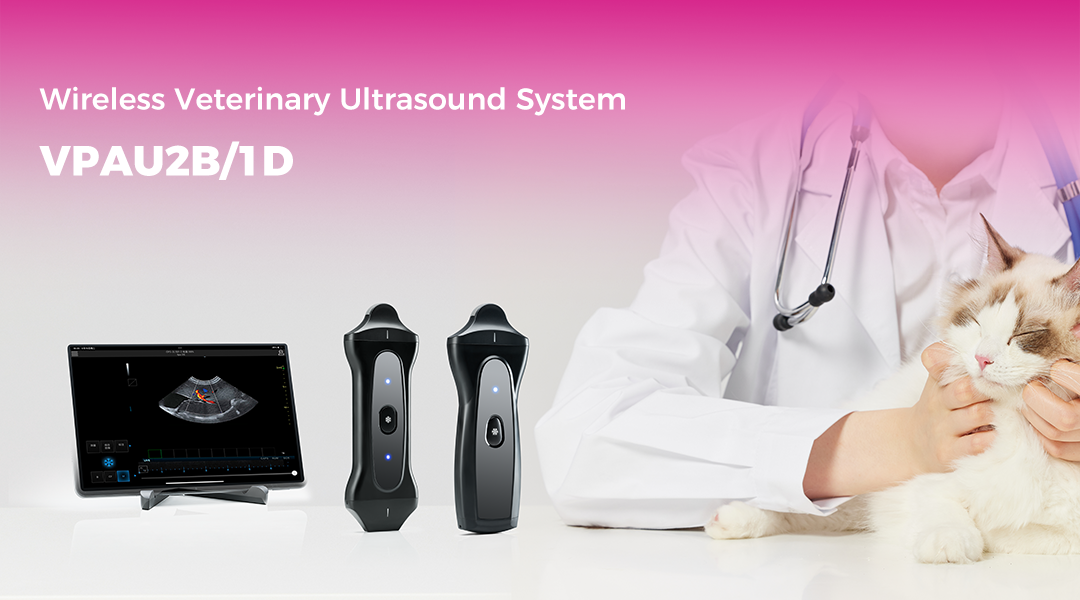
- IPX7 waterproof and dustfree easy to disinfect
- Display mode: B mode, Color flow Doppler mode (CFM), PWD mode, 2B mode flow imaging
- HD imaging: The probe supports multi-frequency adjustment, 3-in-1 2-in-1 probe switching, high-definition imaging, fast identification results
- Safe and waterproof IPX7 grade health and safety
- HD video playback function
Types of Diseases Diagnosed with Ultrasound Examinations
Ultrasound is a vital diagnostic tool in feline medicine, using sound waves to create real-time images of a cat’s internal organs. It’s non-invasive, painless, and particularly useful for detecting conditions that might not show up on X-rays. Here are some common feline diseases diagnosed with ultrasound:
Kidney Disease
Ultrasound can reveal changes in kidney size, shape, or structure, helping diagnose chronic kidney disease—a common issue in older cats.
Liver Conditions
It can detect liver enlargement, tumors, or inflammation, which may indicate hepatitis or other liver diseases.
Bladder Issues
Stones, infections, or tumors in the bladder are often visible on ultrasound, aiding in the diagnosis of conditions like feline lower urinary tract disease (FLUTD).
Gastrointestinal Problems
Ultrasound can identify blockages, inflammation (like in inflammatory bowel disease), or masses in the intestines or stomach.
Reproductive Issues
For unspayed cats, ultrasound can detect pregnancy, ovarian cysts, or uterine infections (pyometra).
Heart Disease
While echocardiography (a specialized heart ultrasound) is more common, general ultrasound can sometimes highlight fluid around the heart, a sign of certain cardiac conditions.
Ultrasound is especially valuable for cats because they’re masters at hiding illness; by the time symptoms appear, a condition may be advanced. Early detection via ultrasound can be life-saving.
Tips You Need to Know After Ultrasound Examination
If your cat has undergone an ultrasound, proper post-exam care ensures their comfort and helps your vet interpret results accurately. Here’s what to keep in mind:
Monitor Their Behavior
Most cats recover quickly from ultrasound (which doesn’t require anesthesia unless combined with other procedures), but watch for signs of stress or discomfort, like hiding, loss of appetite, or lethargy. Contact your vet if these last more than a few hours.
Follow Vet Instructions
If the ultrasound revealed a condition, your vet may prescribe medication, recommend dietary changes, or schedule follow-up tests. Stick to the plan to ensure the best outcome.
Keep Records
Save the ultrasound report and images in your cat’s medical file. This helps with future care, especially if you switch vets.
Stay Calm
It’s natural to worry if the ultrasound finds an issue, but remember that early detection improves treatment success. Ask your vet questions to understand the diagnosis and next steps.
How Can You Get Involved?
Participating in World Cat Day is easier than you might think, and every action—big or small—makes a difference. Here are some meaningful ways to get involved:
Consider Adoptions
If you’re ready to welcome a cat into your home, consider adopting from a shelter or rescue group. Many organizations waive adoption fees on this day to encourage adoptions.
Volunteer or donate
Shelters often need extra hands on World Cat Day—whether it’s helping with adoption events, cleaning cages, or socializing cats. If you can’t volunteer, donate food, blankets, litter, or funds to support their work.
Spread the Word
Use social media to share facts about cat welfare, TNR programs, or the benefits of spaying/neutering. Tag friends and use hashtags like #WorldCatDay to amplify the message.
Spend time with them
Spend quality time with your feline friend—play with them, groom them, or try a new healthy treat. Schedule a wellness check-up if you haven’t already; prevention is key to keeping cats happy and healthy.
Wrapping Up
World Cat Day is a beautiful reminder of the joy cats bring to our lives—and the responsibility we have to care for them in return. Whether you’re celebrating with your own feline friend, advocating for strays, or learning more about their health, every action counts. Click here for more latest news.

















 EN
EN CN
CN

